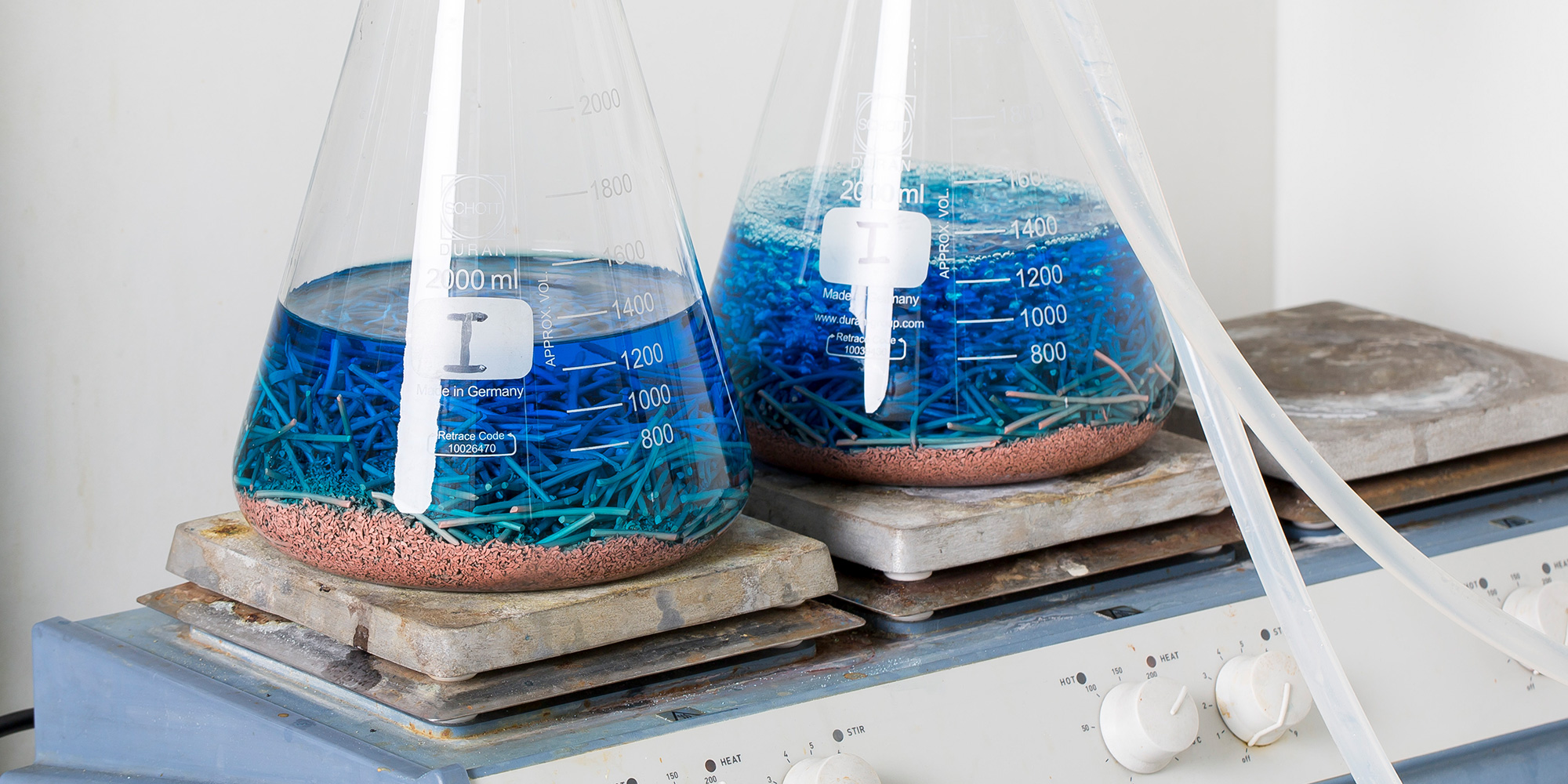Oilfield Brine Corrosion Rate Test
The oilfield brine corrosion rate test is a critical analytical procedure used to evaluate the resistance of metals and alloys to corrosive environments commonly encountered in oil and gas production. This test plays a pivotal role in ensuring the longevity, safety, and efficiency of equipment used in oil and gas operations.
Brines are highly concentrated salt solutions that can cause significant corrosion issues due to their high chloride content and other chemical constituents. The presence of carbon dioxide (CO2), hydrogen sulfide (H2S), and water further exacerbates the corrosive nature, leading to potential pipeline failures, equipment degradation, and operational downtime.
The test involves exposing specimens to simulated brine environments under controlled conditions. This allows for a precise assessment of corrosion rates, which can then be used to select appropriate materials for use in oilfield applications. The process typically includes the following steps:
- Specimen preparation: Selecting and preparing metallic samples that represent the components or alloys intended for use.
- Solution preparation: Mixing brine solutions with specific concentrations of chloride, CO2, H2S, and other relevant compounds to mimic field conditions.
- Testing procedure: Placing specimens in a controlled environment where they are exposed to the prepared solution over a specified period. The test duration can vary from days to weeks depending on the desired level of corrosion penetration or weight loss.
- Data collection and analysis: Measuring changes in mass, surface morphology, and other physical properties post-exposure to determine the rate of corrosion.
The results of this test are invaluable for quality managers, compliance officers, R&D engineers, and procurement teams. By understanding the corrosion behavior of materials under brine conditions, these professionals can make informed decisions regarding material selection, design improvements, and operational strategies to mitigate risks associated with corrosive environments.
For instance, industries like petrochemicals often require tests that simulate harsh corrosive conditions such as those found in oilfield brines. The test results provide insights into the performance of materials under these specific conditions, helping manufacturers enhance their product offerings and meet regulatory requirements more effectively.
Eurolab Advantages
EuroLab stands out in providing oilfield brine corrosion rate tests with a combination of advanced methodologies, state-of-the-art facilities, and experienced personnel. Our services are designed to meet the stringent requirements of quality managers, compliance officers, R&D engineers, and procurement teams.
- Comprehensive Testing Capabilities: EuroLab offers a wide range of testing options tailored to various oilfield environments, ensuring accurate results for diverse applications.
- Innovation and Expertise: With years of experience in the field, our team remains at the forefront of corrosion research, continuously updating methodologies to align with evolving industry standards.
- Regulatory Compliance: Our tests are conducted according to international standards such as ASTM E1678-20 and ISO 9243:2020, ensuring that our results meet the highest regulatory requirements.
The high level of expertise at EuroLab translates into reliable data and actionable insights for clients. Our advanced facilities include sophisticated equipment capable of simulating real-world conditions with precision and accuracy. This ensures that our tests are not only compliant but also provide valuable information for decision-making processes within the oil and gas industry.
International Acceptance and Recognition
- American Petroleum Institute (API): EuroLab’s tests are recognized by API as part of their quality assurance protocols, ensuring that the results are accepted across North America.
- European Committee for Standardization (CEN): Our methodologies comply with CEN standards, making our test results valid in Europe and beyond.
- International Organization for Standardization (ISO): EuroLab adheres to ISO standards, ensuring that our corrosion rate tests are globally accepted and respected.
Environmental and Sustainability Contributions
EuroLab’s commitment to sustainability is evident in its approach to oilfield brine corrosion testing. By providing accurate, reliable data on material performance under harsh conditions, we help clients make informed decisions that reduce waste and operational costs.
- Minimizing Waste: Our tests enable the selection of durable materials that require less frequent replacement, thus reducing the overall environmental impact.
- Energy Efficiency: By improving equipment reliability through robust material choices, we contribute to more efficient operations and reduced energy consumption.





